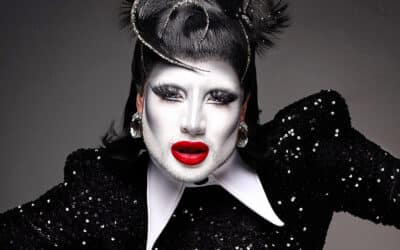This November – just like every November in recent years – the nation waited in anticipation for their favourite Christmas advert to officially usher in the beginning of the festive season. Greg Clark, managing director of Sheffield’s Über, examines how Christmas ads have evolved and how the most successful brands are making commercial messaging a secondary objective.
No matter how cynical we are, Christmas has a reassuring habit of filling us with a jovial spirit, filled with appreciation, family and nostalgia. The latter, is particularly effective, and to quote a famous fictional Madison Avenue ad man is ‘delicate, yet potent’, and this is something brands have been laying on in spades in recent years.
The Coca Cola truck has always been a great example of this, and something the British public have come to love (despite, the fact that the product will make you fatter than any turkey). And, while it’s hard to believe it today, for many years, Coca Cola had the monopoly on Christmas adverts with no real competition from other brands. After all, Coke is the reason Santa is red and white.
Enter John Lewis.
That was until around 2013 when John Lewis stepped up their Christmas advertising game. And five years later, we have brands fighting tooth and nail for that Christmas advertising top spot. Coca Cola is at risk of being dated with the same theme almost every year (despite Aldi’s great parody) and this paved the way for the likes of John Lewis, Aldi, Sainsburys and this year – although the advert didn’t make it to our screens (albeit arguably in a brilliant PR stunt) – Iceland.











